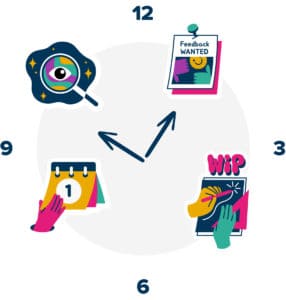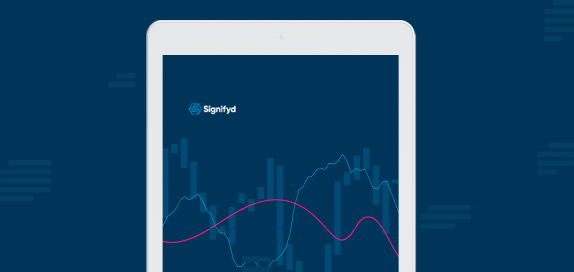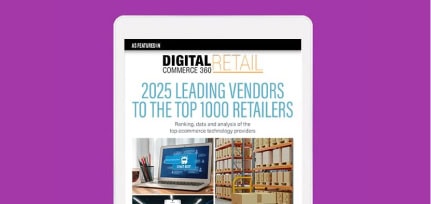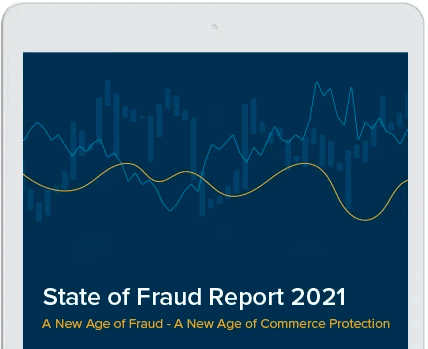At Signifyd, the Product team comprises Product Management, Product Design and Product Experience. We set our goals high as a team. Our mission is to define the future of fearless commerce by designing products that solve pain points and create new innovations for our customers. Most importantly, we are a customer-driven organization, continuously validating and testing product ideas and improvements with our end-users.
Our product designers help identify user needs, establish experience requirements and specify the user interface of our products. All this while employing user-centered processes to help Signifyd build successful products. In everything we do we strive for easy-to-use and elegant user interfaces and experiences.
In this blog post, our product designers will give you a peek inside their roles and what a day as a product designer at Signifyd is like.
Team Introductions
Yitong Gao, Senior Product Designer — joined March 2019
In 2011, I came to the U.S. from China to attend the University of Washington in Seattle. I double-majored in visual arts and communication, once I realized how interesting the classes in these majors were. Curiosity and an experience interning in user research inspired me to join the Human Computer Interaction (HCI) Master’s degree program at Cornell University. After another internship and graduation, I moved from New York state to the San Francisco Bay Area and joined another early-stage startup in data security as their first UI/UX designer. Then I came to Signifyd and I’ve been part of Signifyd’s Product team for over two years now.
Looking back, I never thought about becoming a designer when I was a kid. My answer to, “What do you want to do when you grow up?” was always ambitious. I would say I wanted to be a Nobel Prize winning scientist. Luckily, my parents never asked me that question, even after I gave up a few hobbies, nor when I decided on my major at college. I see career as life — something you don’t plan before you try. It is about seeing what you want to try and enjoying the moment.
Mark Devlin, Product Design Manager — joined April 2020
My journey as a designer began with me studying Design for Visual Communication at the University of Ulster, Belfast. Initially, I had intended on pursuing a career in graphic design until I took an internship as a product designer for a local startup in Belfast. I was hooked from the start. I loved the idea of taking a real-world problem then solving it through user-centered design and design thinking.
I joined Signifyd in April 2020 (good timing!) which for me has been amazing due to the massive increase in online shopping inspired by the pandemic and the new ways merchants are operating across all industries. This has presented a lot of unique challenges and opportunities for design to help play a part in combating the real-world problem of online shopper fraud, especially in a time where volumes of online shopping have exploded to new levels.
What is a day like as a product designer at Signifyd?

Illustrations are collages based on the collection of illustrations titled Gnarly by Diana Traykov, found on Figma.
Mark
A day in the life of a product designer at Signifyd can be pretty varied depending on which projects we may be working on. As a design organization, we are on a hybrid model of embedded ownership and on-demand allocations, that allows us to be fully agile with certain product teams, while we consult on projects for other teams.
Mornings: My mornings usually start with strong coffee and some loud rap music before joining the teams I’m embedded in. Our days begin attending a standup meeting to discuss any work in progress with our product managers and engineers. My goal at the beginning of the day is to ensure there are no blockers for work and that we’re enabling our development team as best we can.
Being in Belfast allows my mornings to be focused on project work while my colleagues in the U.S. are sleeping. Project work can vary greatly depending on the stage we’re at. At times I could be interviewing internal or merchant end-users or running usability tests, and the next day I might be focused on wireframing and prototypes.
Afternoons: My afternoons become a little busier as I meet with counterparts across the world who are coming online. During this time we catch up on design critique, updates, ask for any help we may need on our projects, as well as just catch up on life outside of work.
Beyond the regular work we do, our embedded teams like to take time out to take a break, chat over a cup of tea and play a game or two (that I never win!). This is a great help for new members of the team to get involved and learn more about our team and the people in it.
End of workday: Despite having one part of the team’s day finish up while another starts, Signifyd does an incredible job of ensuring everyone gets time to collaborate, maintains a good work/life balance and respects each other’s time. This makes it easy to finish on time and go do the things I enjoy outside of work, without feeling like there’s something to worry about work-wise.
Yitong
Mornings: My day on the West Coast starts with morning meetings and catch-ups right after my morning routine with my goldendoodle puppy. Our Product team is spread across the world so virtual meetings are the best way to sync up, do design critiques and talk about progress and blockers. And of course, you will hear or see my puppy in the background, trying to get attention from everyone, while I’m having meetings.
Afternoons: After lunch time, meetings are primarily with U.S. folks and I will focus more on individual projects including prototyping on Figma, design QA, project planning, user research, etc.
End of workday: Toward the end of the day, I look at the next day’s schedule and get prepared if needed. Then I summarize my day on Slack to share my progress with our designers. By then, my puppy is ready for his potty break and dinner and so am I.
What’s the biggest design challenge you’ve faced at Signifyd?
Yitong
Owning end-to-end product design for Decision Center — one of our core modules — is the biggest design challenge I’ve had at Signifyd. Part of the challenge is the size of the scope, for which I’ve been a part of from early days, and the technical aspects and constraints.
As a cross-functional effort, I need to have a deep understanding of the concepts and workflows from a data science perspective, as well as understanding the concerns and challenges of the engineering team with whom I worked to influence the back-end architecture at the beginning. From the start of the project, I spent a lot of time not only defining the user flows, but also reviewing every aspect of those to help the engineers visualize and internalize our user experience goals.
Mark
The redesign of our Agent Console, released now in Beta. The most challenging part is that it’s Signifyd’s most mature product experience — with over a thousand active daily merchant users for whom we want to continue to minimize losses, while also making improvements that don’t disrupt their workflow.
We recognize change can be difficult so we began the project by deeply understanding our merchant’s end-users, their goals and pain points. We did this to make sure that whatever design decisions we made not only support and improve our existing users’ goals but also help future Agent Console users get started quickly so they can achieve a positive impact as early as possible.
To ensure we continue to enable our users throughout this process, we try to gain as much feedback as possible from them through a combination of in-app feedback prompts and monitoring analytics. Then we go back and make improvements to the product that hopefully help our users’ become more efficient and productive.
What is unique about design at Signifyd?
Yitong
Design at Signifyd is a highly collaborative team effort. As individuals, we have projects we own autonomously as well as designer-pair allocation to work on bigger problems, including future-proofing our solutions. Product designers here have a unique position and holistic visibility across product teams, which when paired with our design principles, helps us deliver experiences across Signifyd’s product ecosystem that are seamless, delightful and aligned to our brand values.
Mark
As online shopping grows more and more, fraudsters find new and unique ways to try and swindle merchants. This often has a profound impact on the products we design to help our customers combat this. The impact of designing tools to make it easier for our customers to combat fraud can be measured in dollars and cents, and often requires us to move fast, purposefully and proactively to solve problems.
The Product team is actively hiring various positions including Product Designers.
Come join us!












